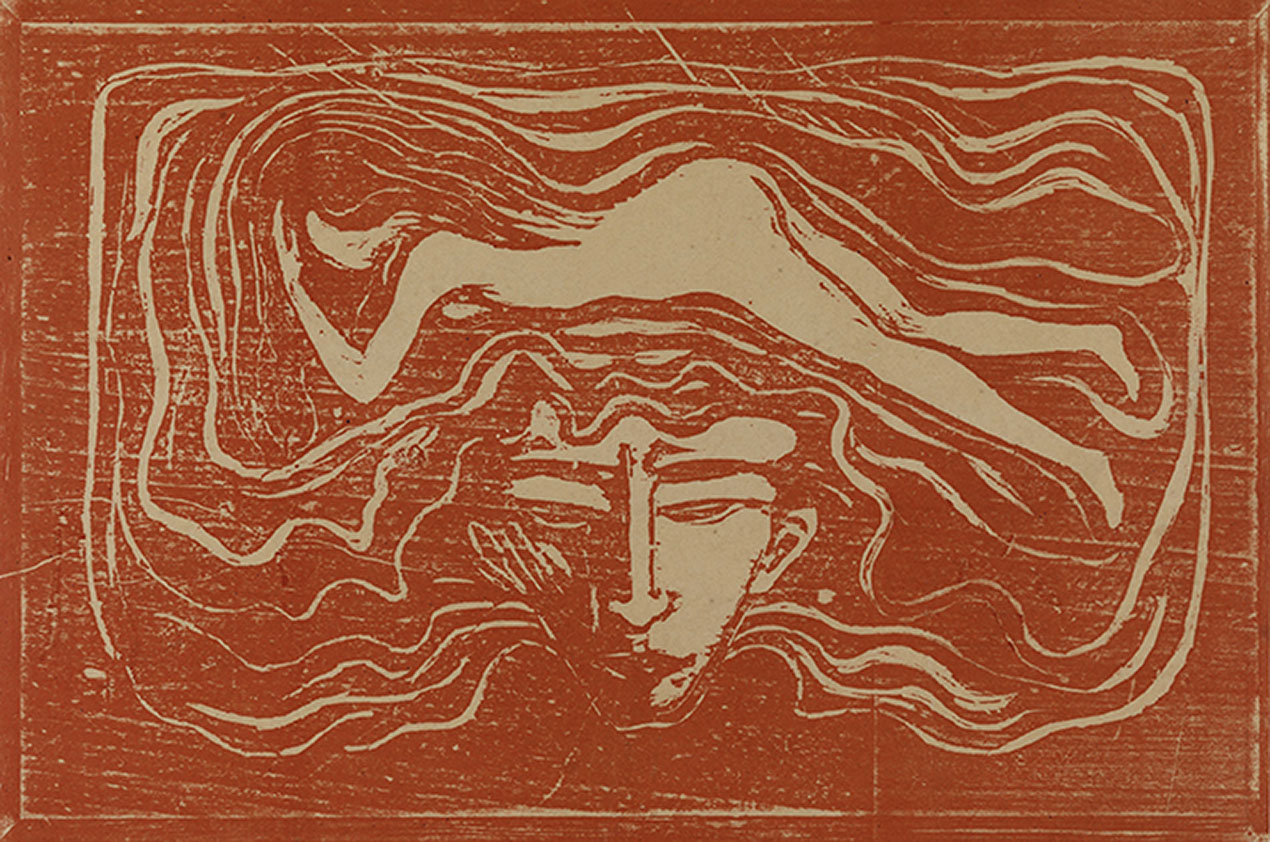Continental divide
Two very different exhibitions mark the reopening of National Museums Liverpool’s suburban outposts
German Revolution Expressionist Prints at the Lady Lever Gallery is a rare chance to see a powerful collection of prints by German and other European artists working in Germany and elsewhere in the late 19th and early 20th centuries.
Home and Away at Sudley Art Gallery is a small exhibition of oil paintings from the collection of shipowner and merchant George Holt, whose family lived at Sudley House until 1944 when it became an art gallery.
The German Revolution prints express the struggle against poverty and people’s powerlessness in the face of war, cruelty, violence and events they cannot control. These prints are an unflinching engagement with people in extremis, mostly in the war-ravaged Germany of a century ago. German Revolution refers to both the political turmoil in Germany in the early decades of the 20th century and the bold and rapid printmaking techniques the artists were exploring.
There are examples of etchings, drypoint, woodcuts and lithographs by artists more well-known for their paintings: In the Man’s Brain, a woodcut by Edvard Munch of 1897, The Frugal Meal, an early engraving by Picasso made in 1904, Max Beckmann’s symbolic Adam and Eve of 1917, and others by Oskar Kokoschka, Egon Schiele, Otto Dix and even Francisco Goya.
But most are bold, almost primal, images depicting the realities of life for working-class Germans a century ago. They show a German nation reeling from one war and heading into worse, mired in decadence and despair, grief and mourning, of people on the brink of madness or already tipped into it by psychological pressures and political events they cannot control.
These images of suffering (but also of love and humanity) are intensified by the artists’ choice of medium; the bold, pared down lines and almost grotesque exaggerations of Expressionism are meant to provoke strong reactions.
“There is an immediacy to the prints,” says Ann Bukantas, head of fine art at National Museums Liverpool. “They capture the rawness and force of the artists’ ideas and their social and political commentary. This is perhaps something that could be diminished through a painting that has been laboured over for a lengthier period of time. And of course, the fact that prints can be made in multiple was critical to the German Expressionists in distributing their work and drawing attention to such things as the life-and-death struggle faced by Berlin’s poor.”
Käthe Kollwitz’s 1901 etching La Carmagnole depicts women dancing round not a maypole but a guillotine, the ultimate symbol of oppression, but one emasculated by the intensity of the women’s faith in revolution.
La Carmagnole was inspired by the revolutionary fervour of Charles Dickens’ A Tale of Two Cities but transposes the action to a German town, foreshadowing later prints of a traumatised, grieving nation of war survivors and exhausted families. Two decades later, Kollwitz’s lithograph Helft Russland (Help Russia) of 1921 is a searing cry for help for famine-struck Russians in the aftermath of the First World War.
“There is something very timeless about their work and subject matter that reflects the cyclical nature of history,” says Bukantas. “If the artists were working today, they would find subjects aplenty, from the homeless people on our streets through to the plight of refugees fleeing war and poverty across the world.”
Where the urgency of the German Revolution prints is startling and uncomfortable, Home and Away reflects the more leisurely collecting habits of a Liverpool merchant.
The “home” views are largely drawn from the Walker Art Gallery’s collection and depict daily life in Victorian Liverpool – bustling market and dockside scenes full of life and people. The foreign views all come from Holt’s collection, often brought home from the family’s travels, of the sun-drenched Italian coast, hopeful emigrants leaving for a new life and classical images of Ancient Rome. Starvation and struggle may not be far away, but they are not in the frame.
“When purchasing art, the Holts, like many other 19th century merchant families, sought a contrast from their mercantile or industrial surroundings,” says Jessie Petheram, assistant curator of fine art (documentation) at National Museums Liverpool, and curator of Home and Away.
“The key aesthetic difference that the two exhibitions highlight is in the rapid artistic developments on the Continent at the end of the 19th century as opposed to the relative slowness of change in Britain.”

Leave a reply
Your email address will not be published.